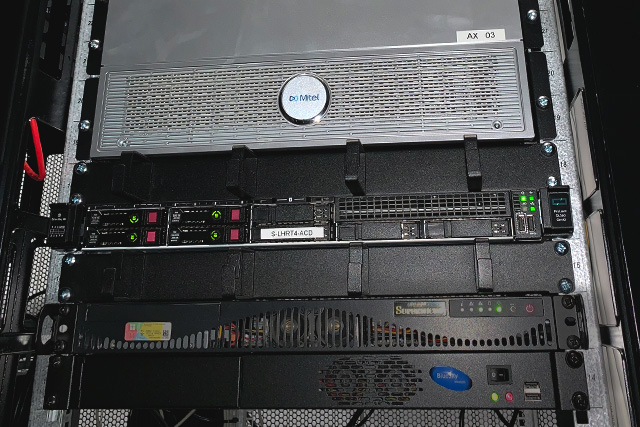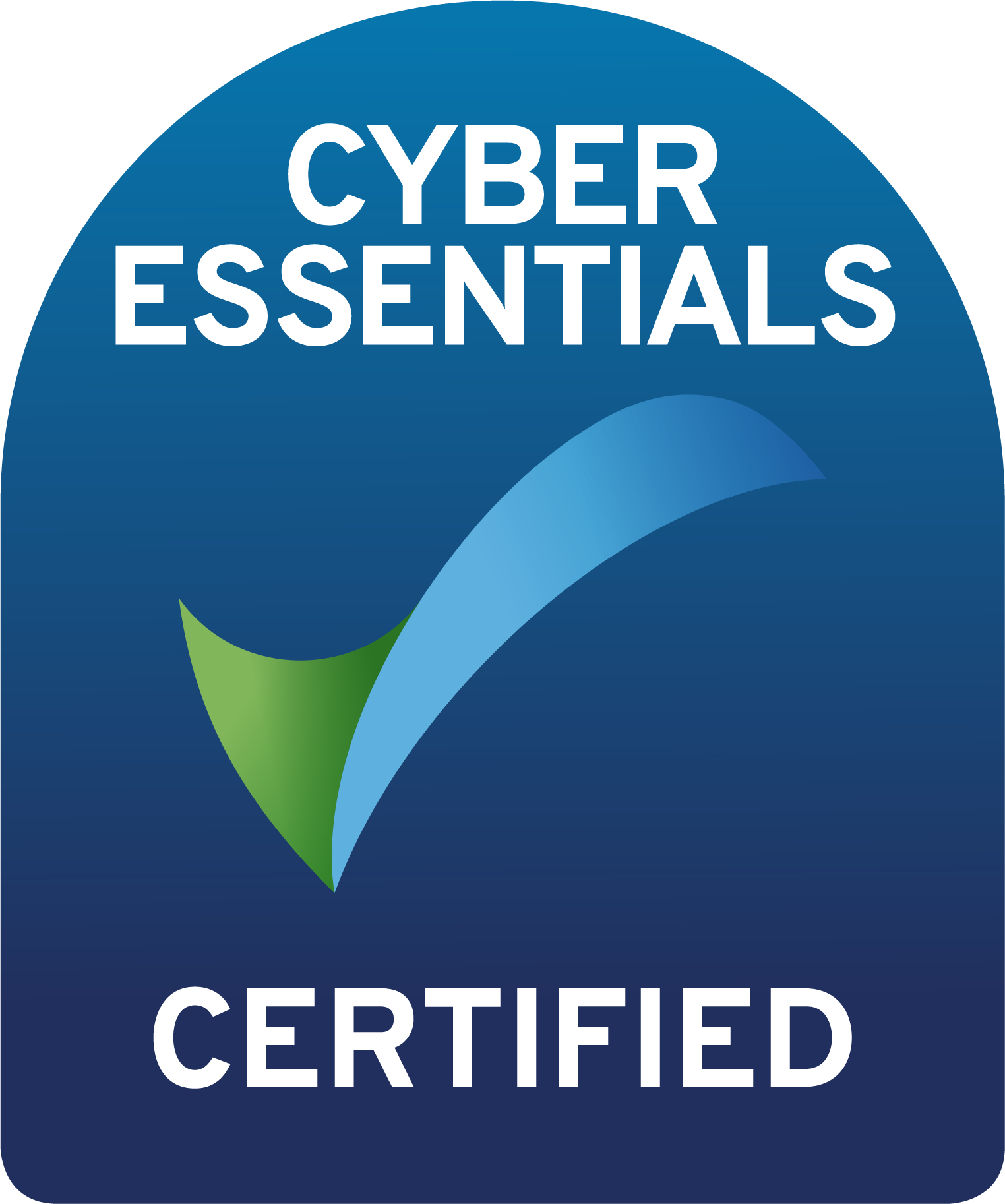
Messaging Gateway Module
BlueSky Wireless specialise in the provision of middleware solutions to unify communications between equipment and people predominantly messaging both textually and vocally.
Put simply, our solutions connect equipment and processes to people. Thereby improving the communications, service levels, safety and efficiencies within business. At the heart and centre of our product offering is our flagship product - The BlueSky Application Gateway. The basic function of the BlueSky Messaging System is to deliver text and enunciated messages to various end points. An end point can be a GSM, WiFi, Dect, Desk Phone or even a Vocera Communications Badge, email recipient, Skype or Windows Live recipients and more.
- Dect, Desk and WiFi phone modules available
- Web based virtual messaging
- Web based message management
- Scalable solution
- Escalation group monitor
- Web based admin console
- Web based paging
Application Gateway
What makes the BlueSky Messaging System different is that it can integrate with existing systems to deliver a completely unified messaging solution (also see our additional modules brochure). The system can be scaled to fit any business from small 5 user systems to large 10,000 plus user systems.
Messaging Core Components
The following components make up the core of the messaging system. They are common in all BlueSky Messaging Systems.
Web Messenger – Paging
Users with access to the web console can send messages to any handset on the system removing the need to have a separate paging system. As you can see from the screenshot (bottom) - it is a very simple process.
Virtual Keypad/Call Point
With a single click users with access to the web browser can use the virtual keypad to send messages to any end point or group of endpoints on the system. E.G security alert, queue buster or comfort break. The messages are completely configurable by system administrators.
Web User Console
The web console is accessed via a web browser, it is where uses can come to manager their own message inbox and sent items just like a web mail system. Standard users can manage their password, access help and view simple reports. Super users can do everything a standard user can do as well as manage users and simple groups.
Web Administration Console
Using a web browser an administrator can manage, users, groups, and escalation sets. They can configure message templates, IP settings for the various Ethernet ports, use IP tools e.g. Ping and shut the systems down. Administrators can also manage the real world interface e.g. Fire alarms, WiFi telephones, email and more depending on what is installed on the system.
A comprehensive set of reports, graphs and export tools are available along with a complete set of online manuals
Audit Log
Accessed via a web browser the audit log logs every user login, password change, configuration change and more on the system. It is fully searchable and can be exported to a Microsoft Excel compatible file.
Dect and WiFi Phone Modules
The Dect and WiFi phone modules interface with various Dect and WiFi handsets on the market and enable the phones to be used to receive and send messages.
Desk Phone Module
The Desk phone module interfaces with various Desk VoIP handsets on the market and enables the phone to be used to generate messages.
Escalation monitor
Escalation groups guarantee a response, if all the recipients in the first escalation group reject the message then it is immediately escalated to the next group of handsets or by email or many other end points to a central administrator.
Message Filter
The message filter module can be programmed to block rapidly recurring alarm and event messages to reduce alarm “snow” and false positives. Messages that are blocked are temporally stored in a trash folder which is accessible to super users and administrator. The trash message folder is cleared of all messages older than one month.
Lost And Found Monitor
When an endpoint is unavailable the lost and found monitor will repeatedly attempt to contact the missing endpoint until it is either found or the system times out.
There are a large number of additional modules, that when requested are simply installed, configured and switched on remotely.


